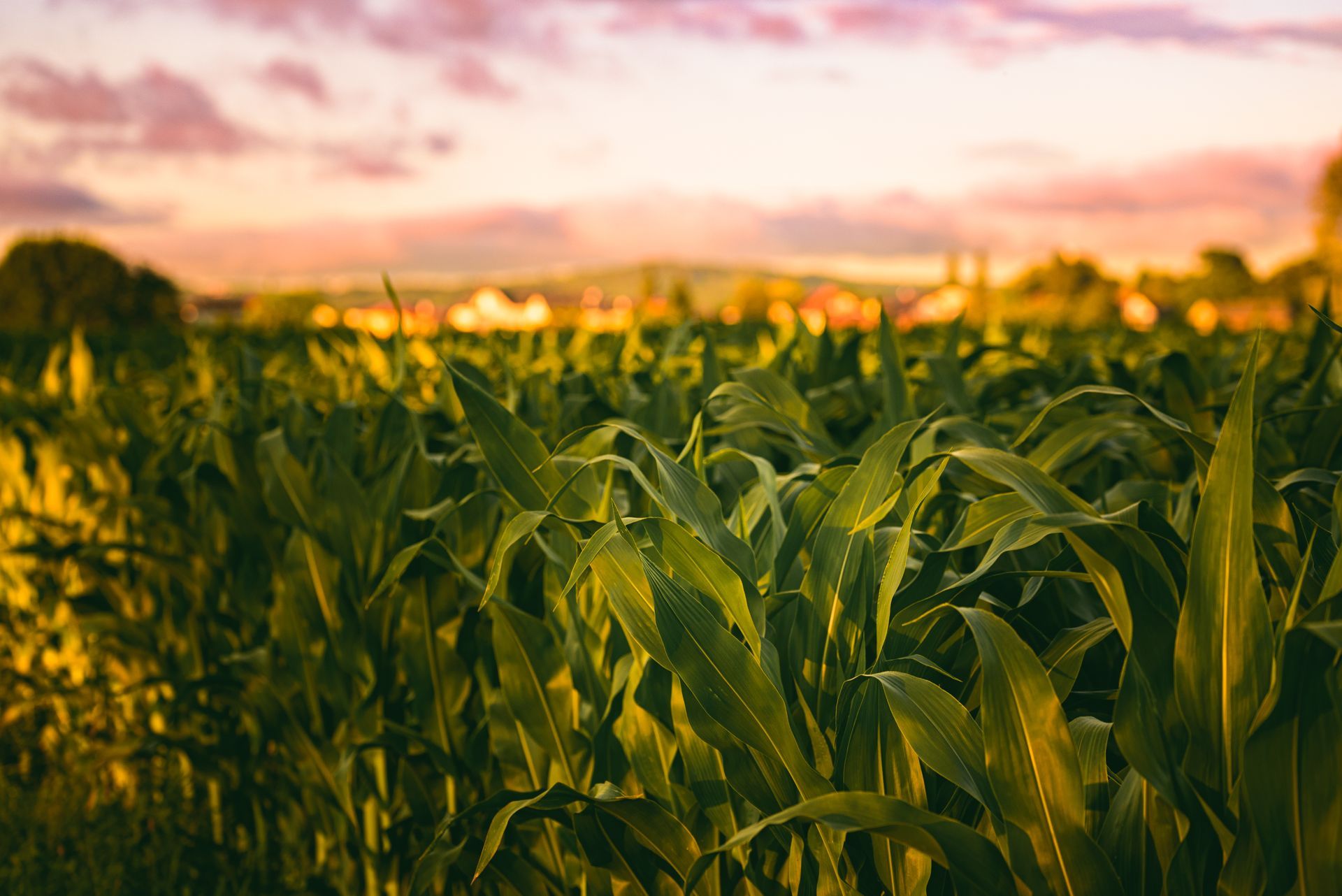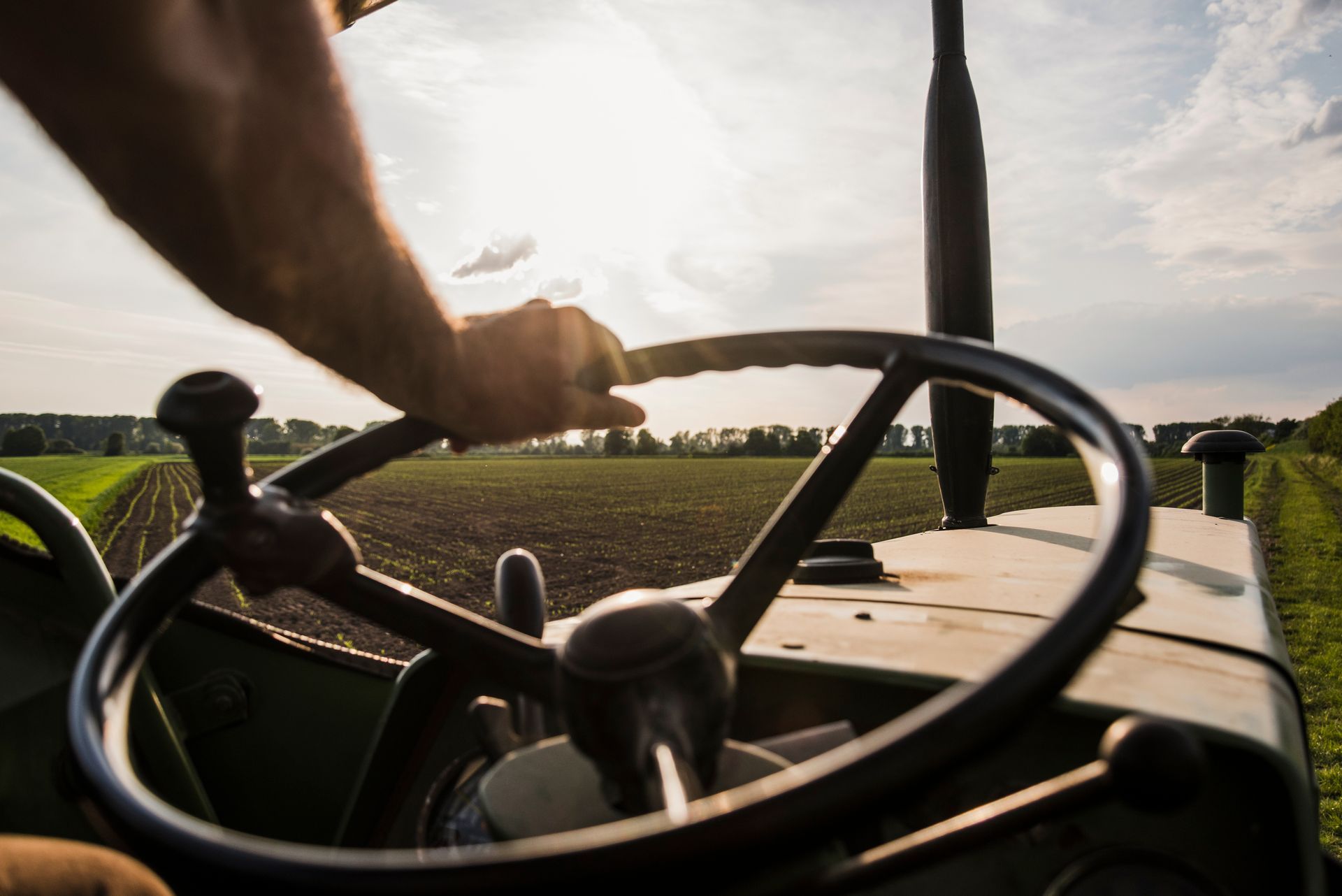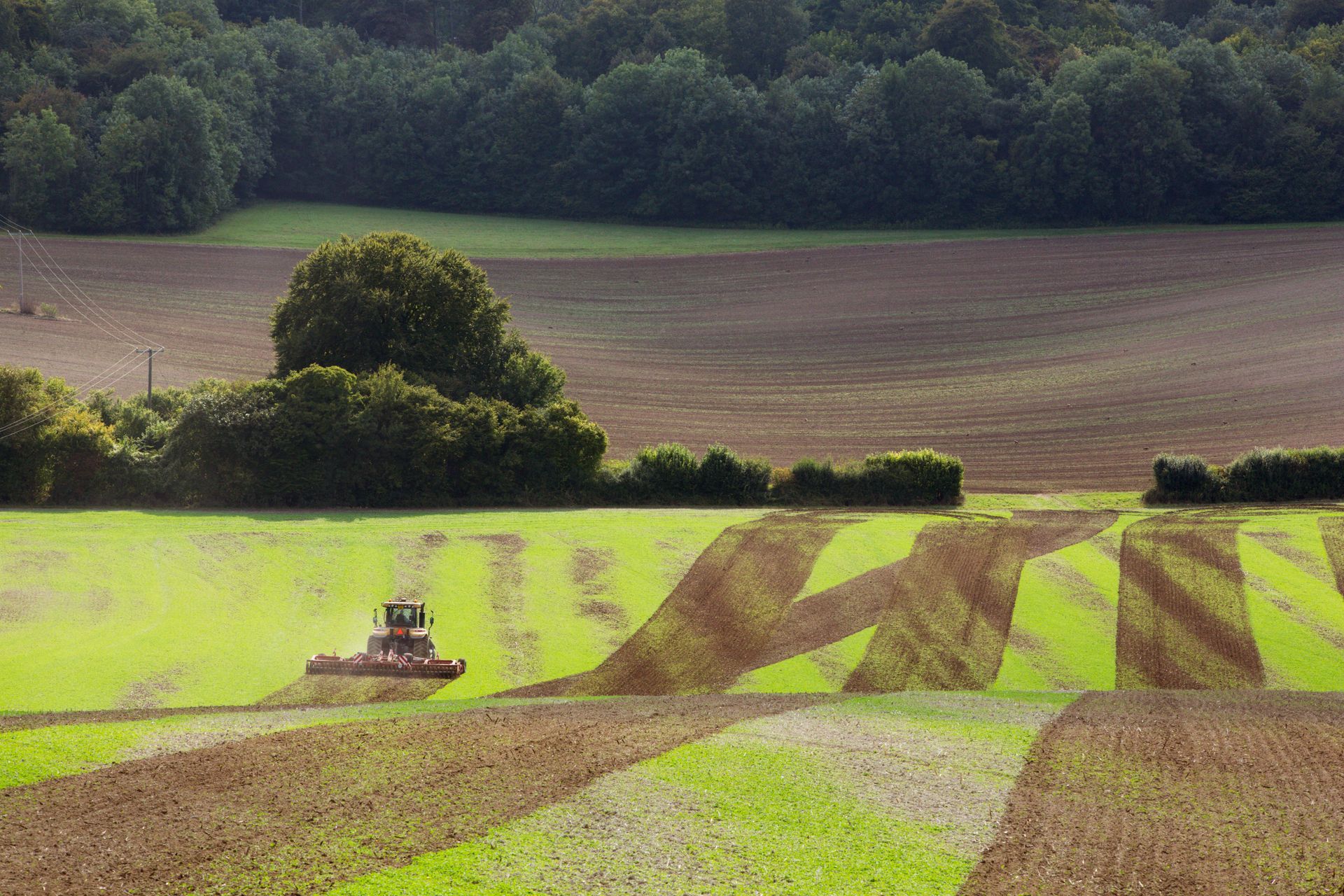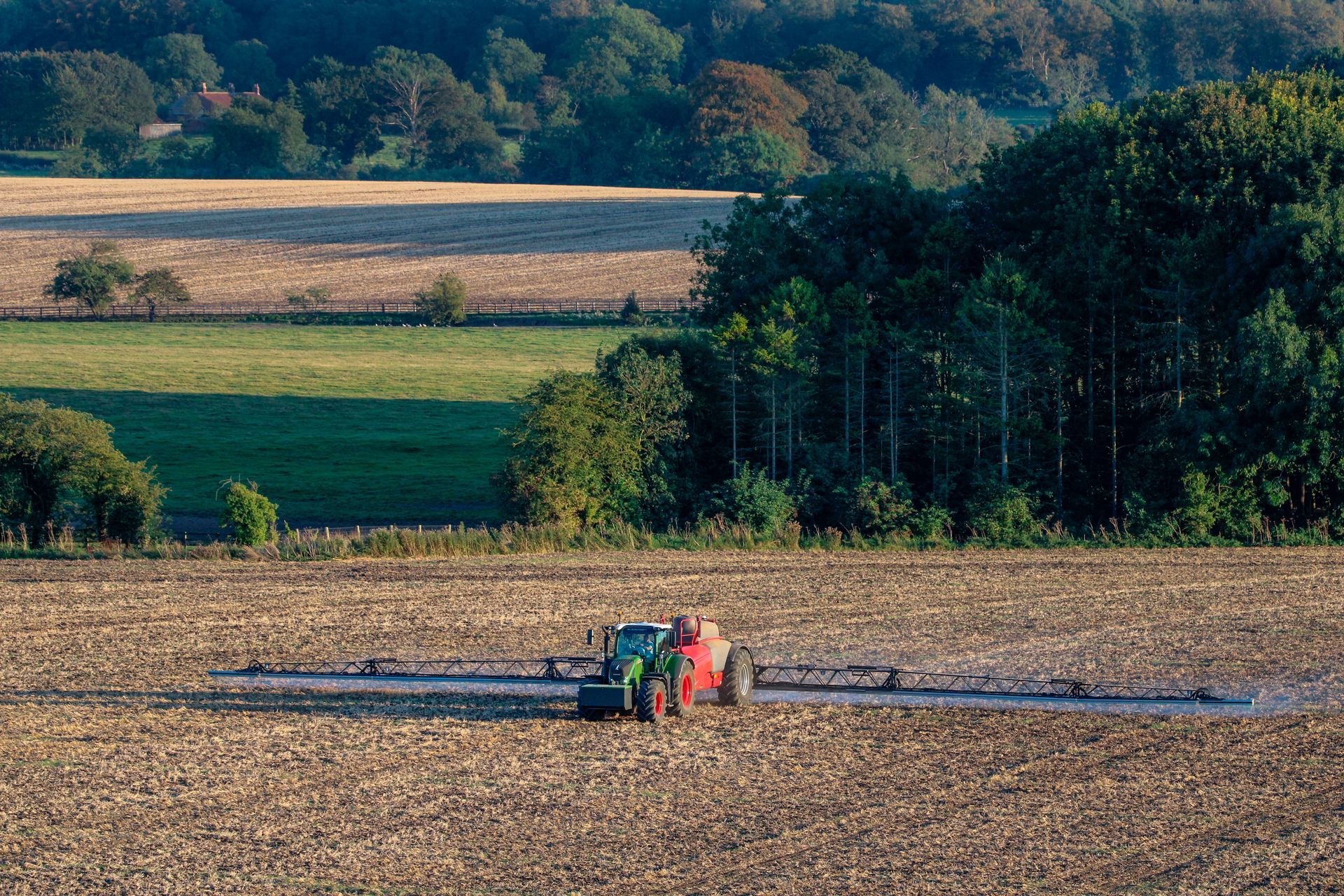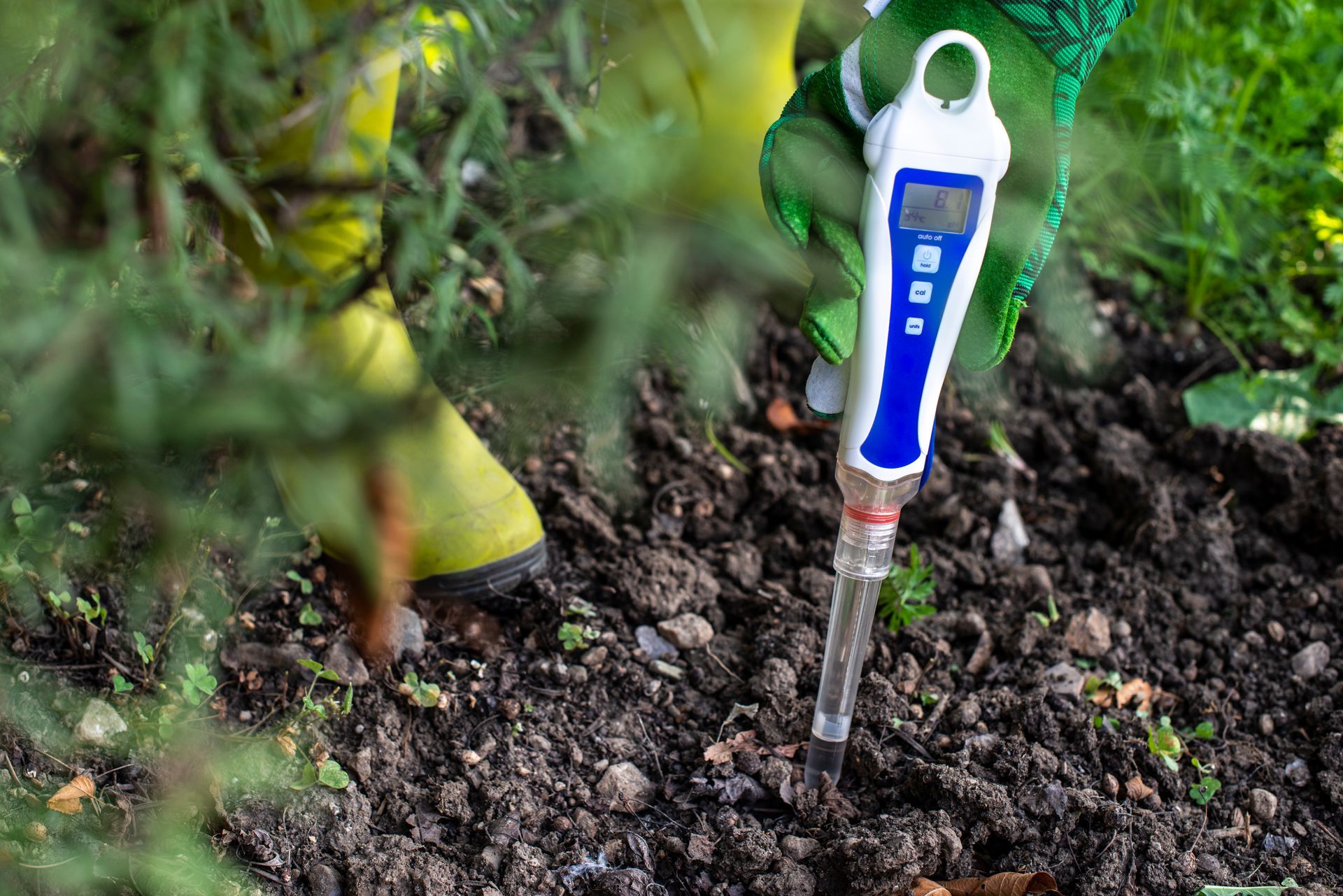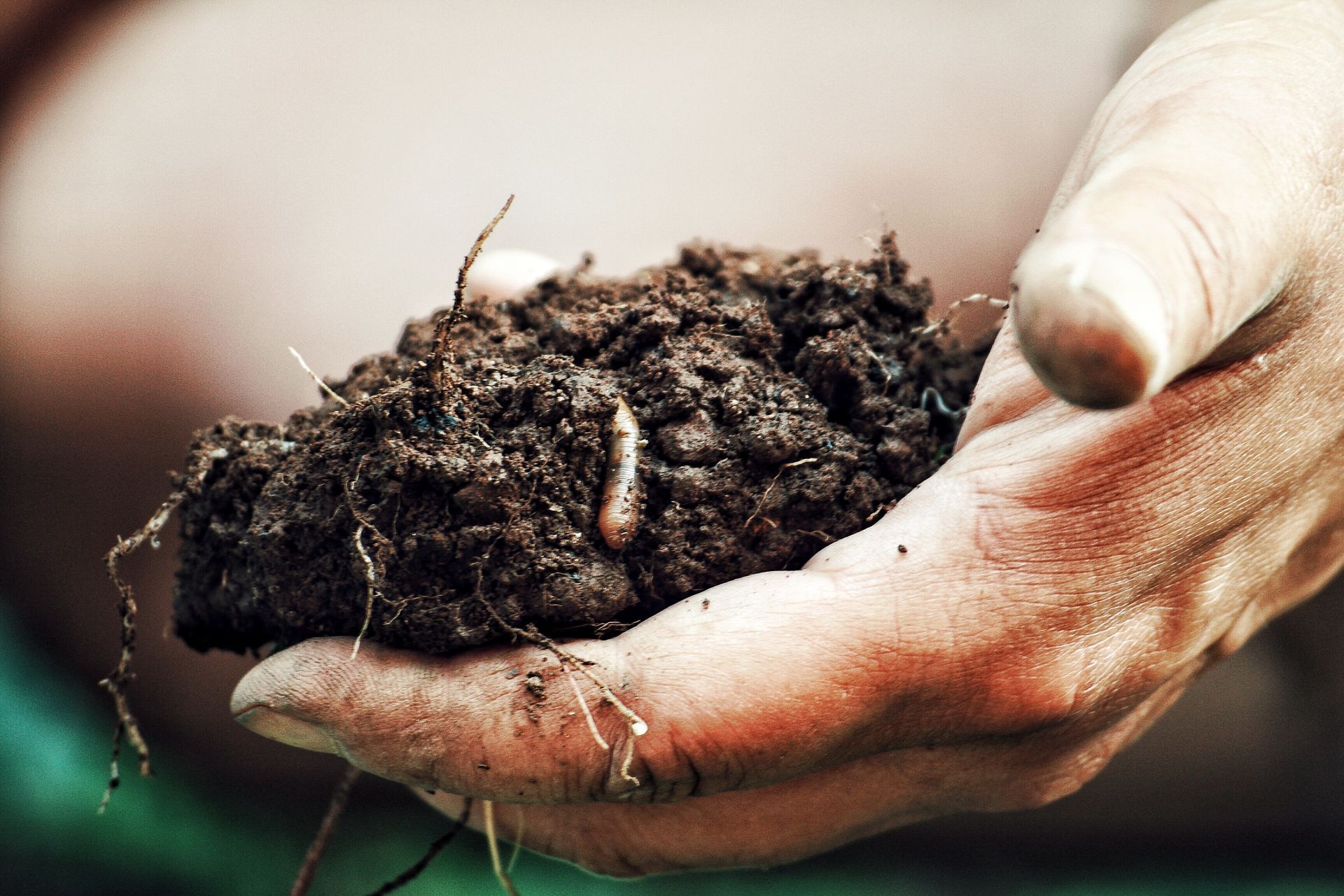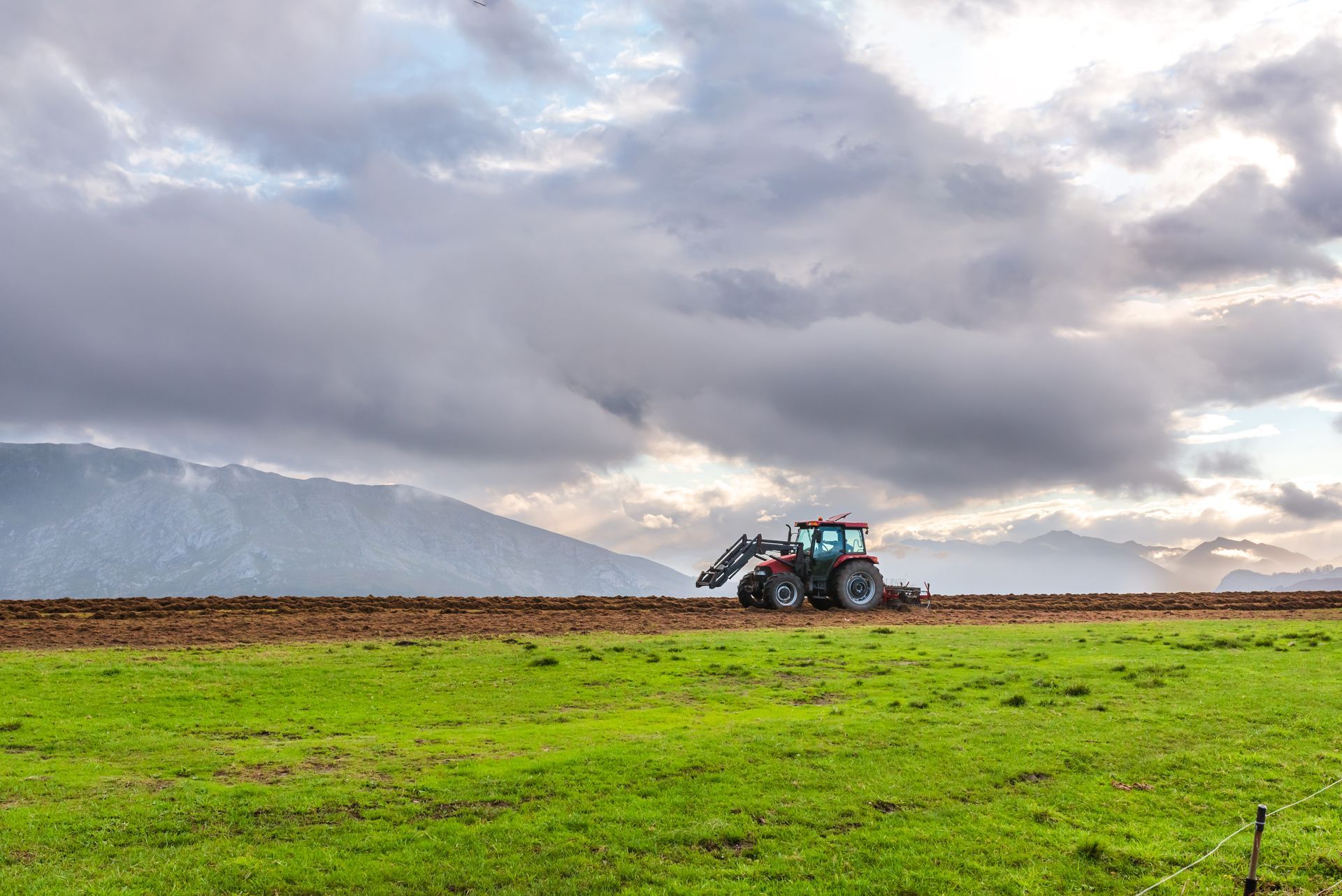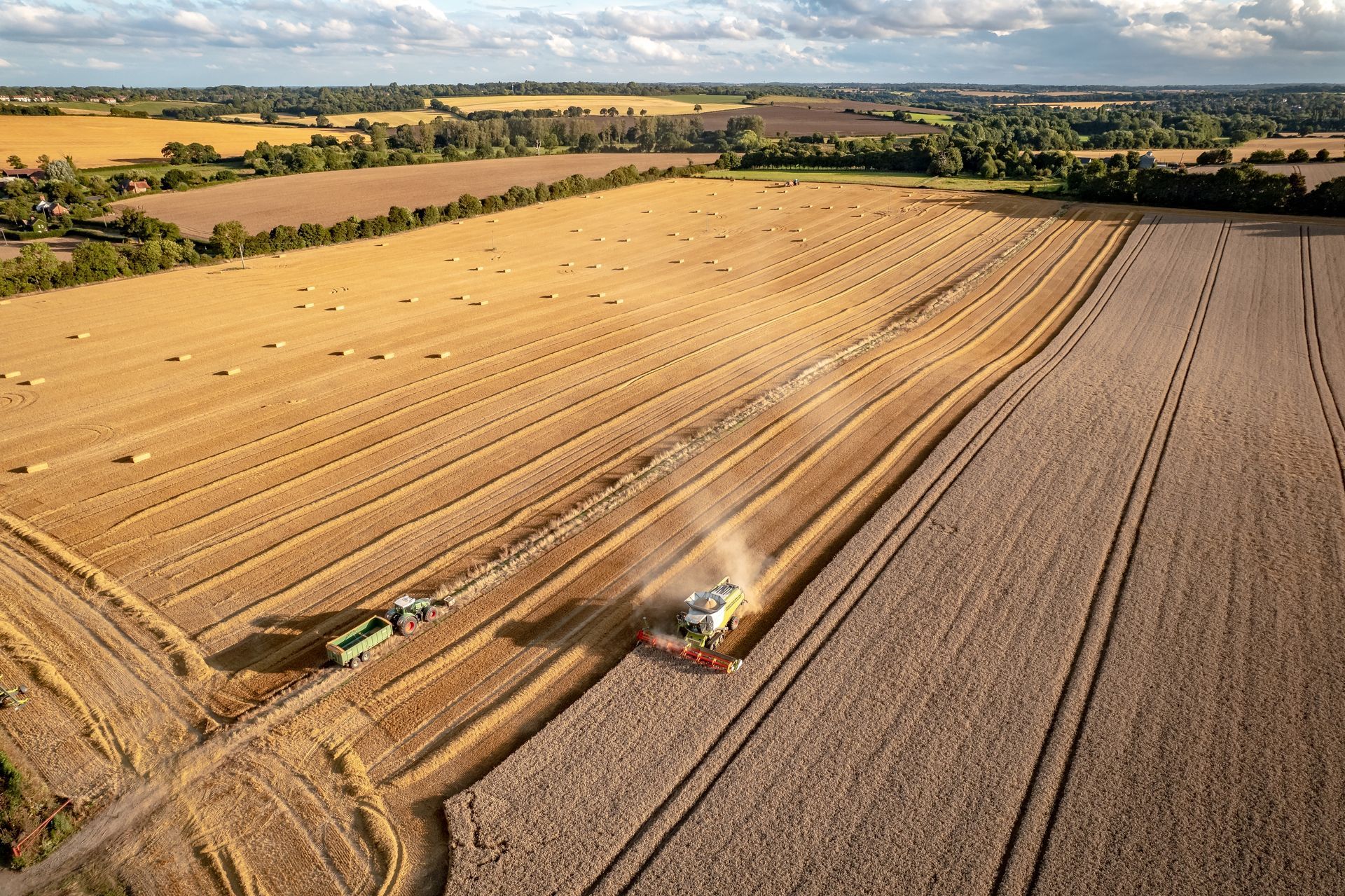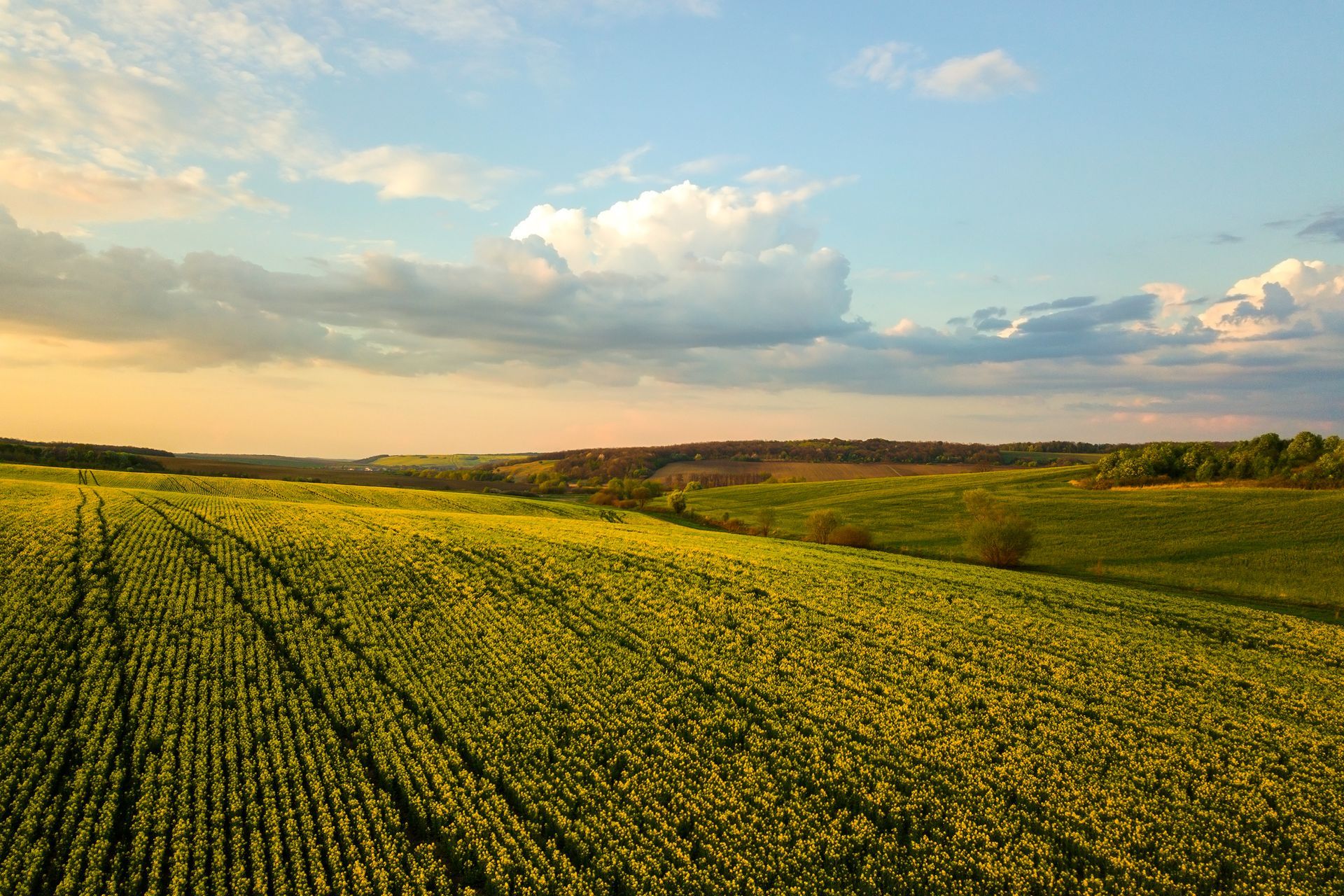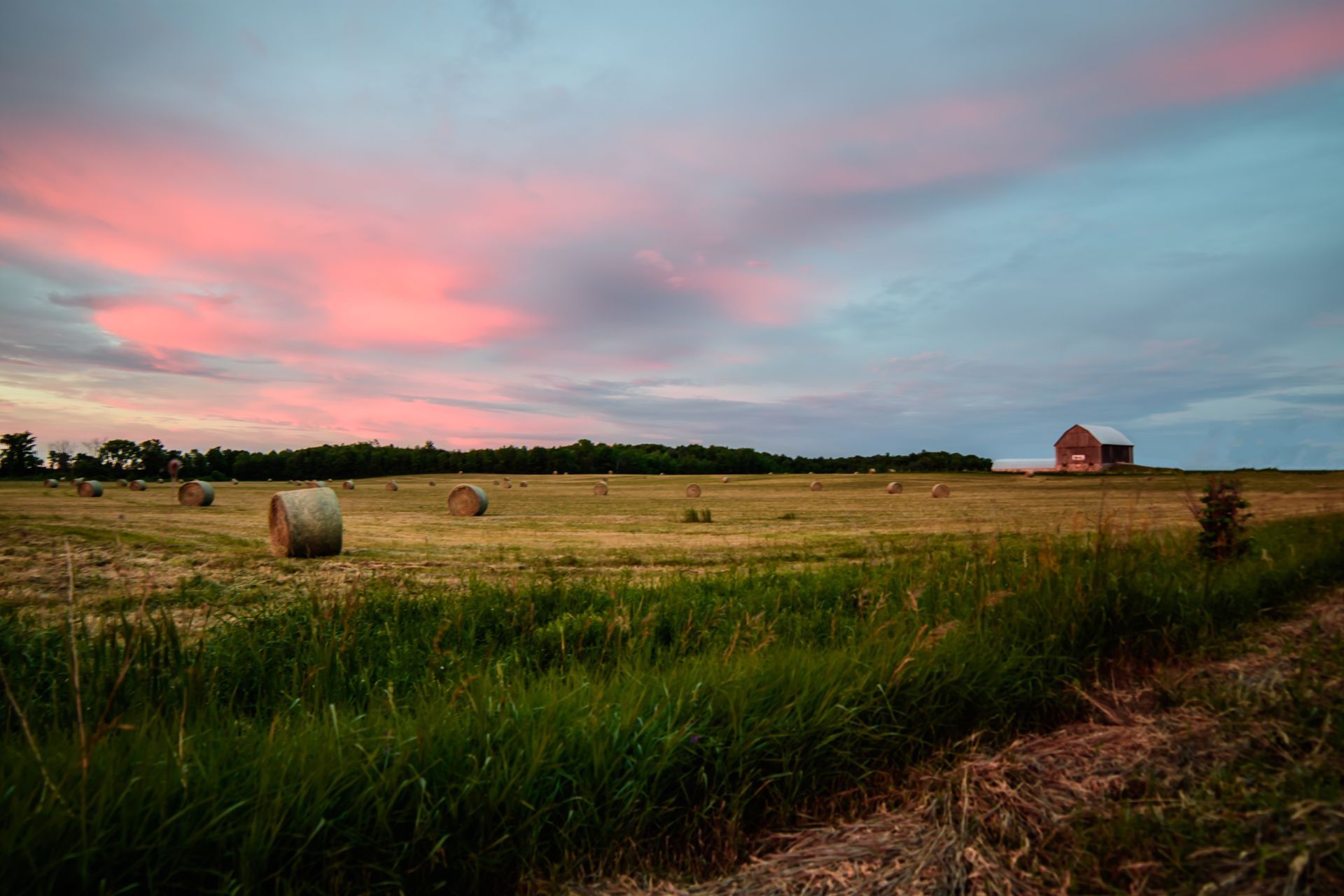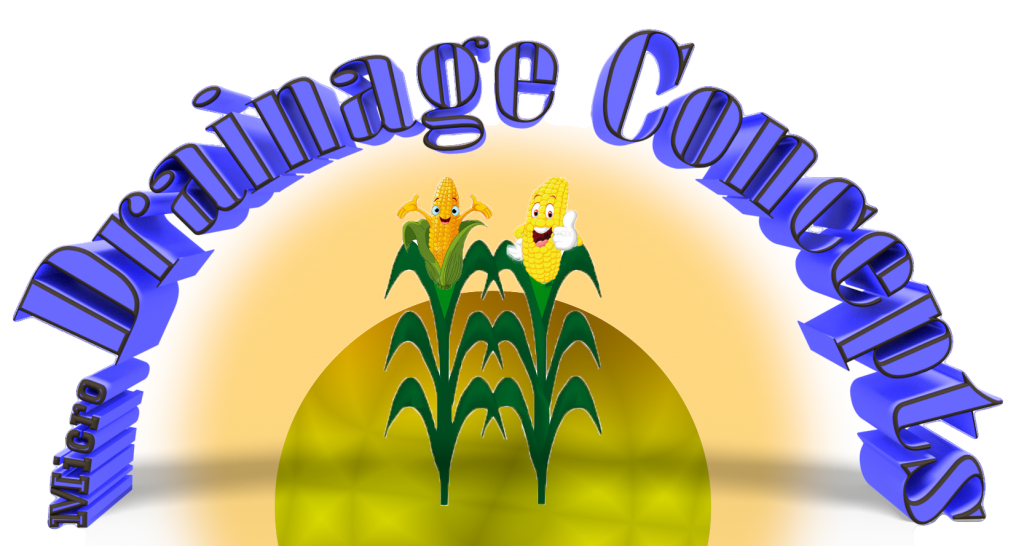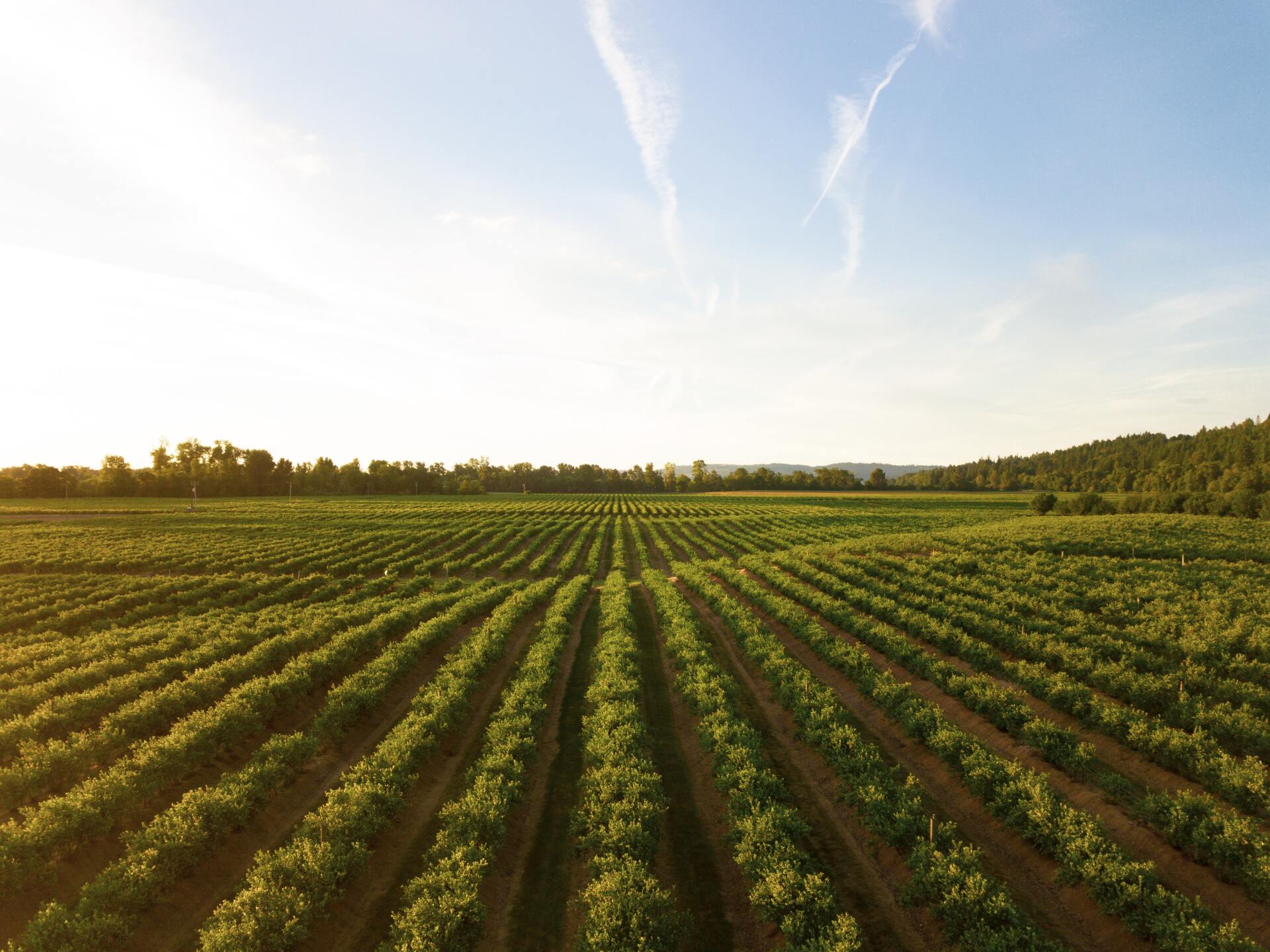The Effects and Methods of No-Till Farming
Farming doesn’t have to rely on plowing — as illustrated by the increasingly popular no-till farming method. No-till farming goes back millennia, and can still be effective today, particularly for farms that are trying to be more environmentally sustainable and improve soil health.
Key Methods for No-Till Farming
No-till farming primarily uses soil drills or disc seeders to plant, firm, and cover seeds. This minimizes disruption to the soil, as digging only occurs exactly where the seed will be planted. To keep down weeds, protect plant roots, and improve moisture retention, straw is often used to cover the area between rows of crops. Micro-drainage is also often used to maintain proper drainage in these areas.
Finally, crop rotation plays a key role in no-till farming. Rotating crops can help prevent weeds and pests, reduce soil erosion, and increase the fertility of the soil.
How No-Till Affects Farming Output
By significantly reducing tillage, the soil can maintain a firmer structure and keep the cover layer in place. This helps minimize soil loss caused by water flows and rain splash erosion. No-till farming also helps preserve helpful microorganisms in the soil, which further improves soil fertility. This can lead to much higher yields, while farmers can also save money because they no longer need tillage equipment or as much fuel or labor for their operations.
While no-till farming can be extremely beneficial, farms are sometimes vulnerable to water drainage issues that can result in crop loss from oversaturated soils. Richland Micro Drainage combines effective micro drainage with key soil health strategies to ensure effective output from your fields. Contact us today to learn more.
